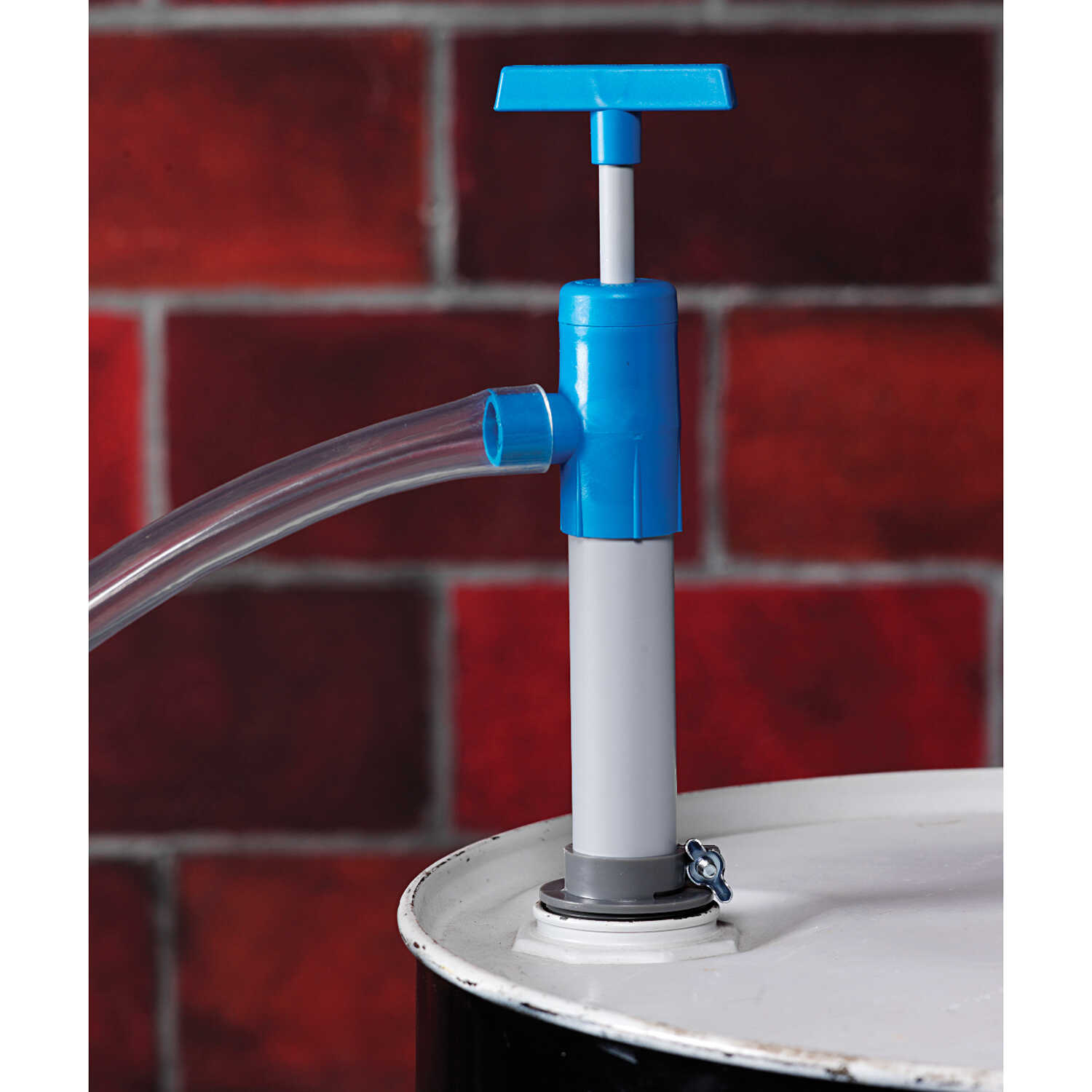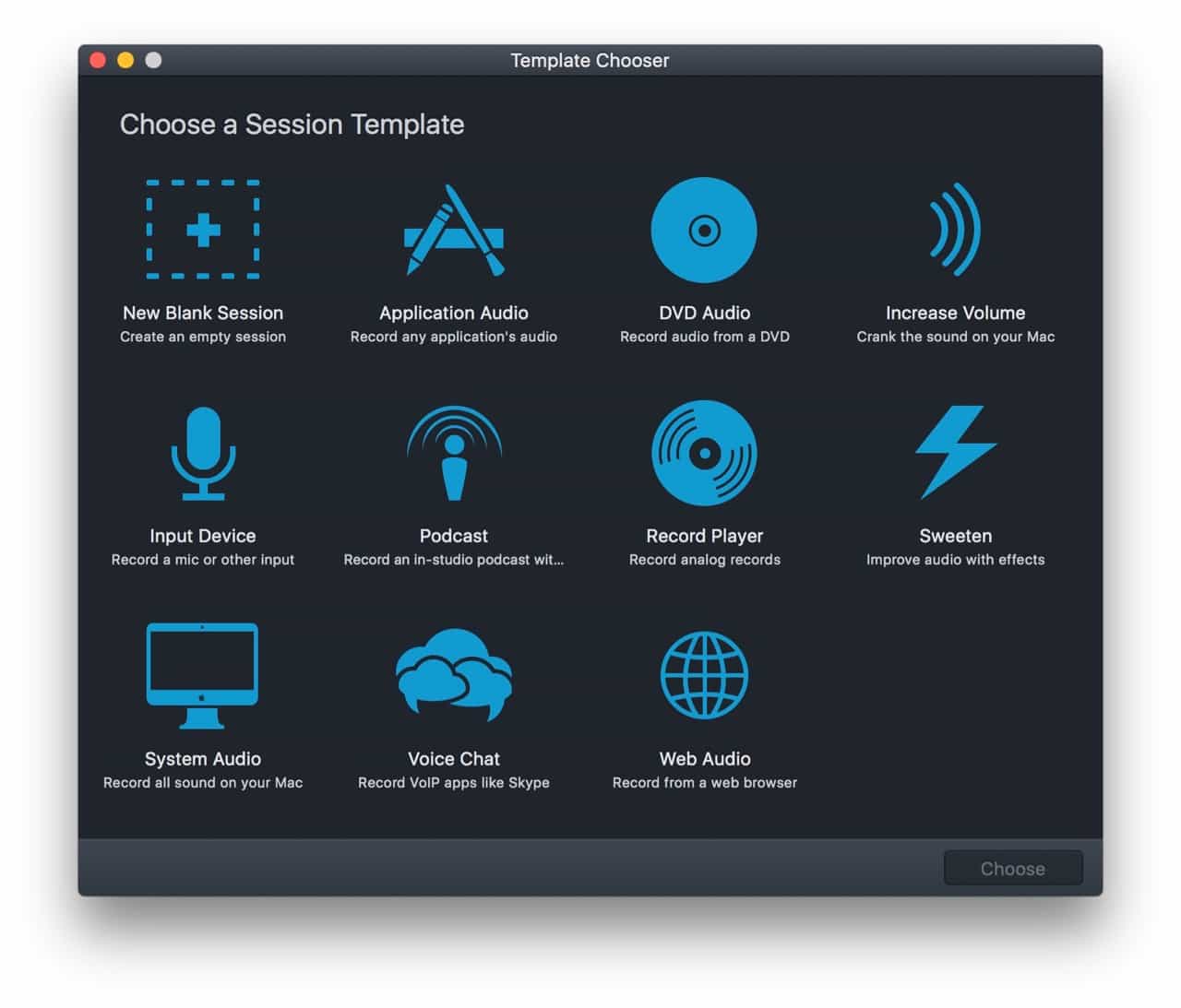
It adjusts the volume based on the overall level of each track, so a track with a lot of soft music followed by a loud crescendo may end up being too loud, and vice versa. You can see how much iTunes will alter the volume of a track in the Info window.

This adjustment shows on the File tab of the Info window when you select a track and press Command-I. iTunes automatically analyses your music when you add it to your library to determine how much adjustment to make. ITunes’ Playback preferences offer several options for tweaking your sound, including Sound Check.Ĭheck the box to activate Sound Check. In iOS, you can activate Sound Check in Settings > Music. Sound Check, in the Playback preferences, does this for you. ITunes has a feature that allows you to normalize playback.
#ITUNES SOUND SIPHON IN BLUETOOTH#
One of the most common uses is to increase bass since many earbuds are wimpy at the low end, but I use EQ on my iPhone to lower the bass on my Jabra Revo Bluetooth headphones, which are a bit too heavy in low frequencies for my taste. Here, you might be more tempted to use equalization to compensate for weaknesses in your earbuds or headphones. IOS devices offer equalization as well, using the same presets as iTunes (Settings > Music > EQ). You can apply equalizer presets in the Info window. You can either use the equalizer for all your music or apply presets to specific songs or albums: to do the latter, select a song, press Command-I, click on the Options tab, then choose an Equalizer Preset. Or if you’re using small speakers, such as an iMac’s internal speakers, the Small Speakers preset might improve your sound.

For example, if you find that you get poor bass response, either because your speakers aren’t bassy enough or your room dampens the bass, try using the Bass Booster preset.

But in other cases, the music may sound muddy or tinny.Įqualization is more designed to compensate for your environment (your room) and your playback equipment (your speakers). You will find that, say, Rock will make some rock music sound better, because it enhances the bass and treble, and that the Dance setting, which enhances bass, might make dance music sound better. Using an equalizer is hit or miss in most cases, the “genre” presets won’t work with all the music of that genre since every recording is different. If you check the On box and choose one of those presets, your sound output will change according to the frequency adjustments the preset contains. For this reason, the iTunes Equalizer has two dozen presets, including Classical, Jazz, Rock, Bass Booster, Bass Reducer, Treble Booster, and Treble Reducer, and even one called Beats.
#ITUNES SOUND SIPHON IN HOW TO#
However, many people don’t know how to apply equalization.


 0 kommentar(er)
0 kommentar(er)
